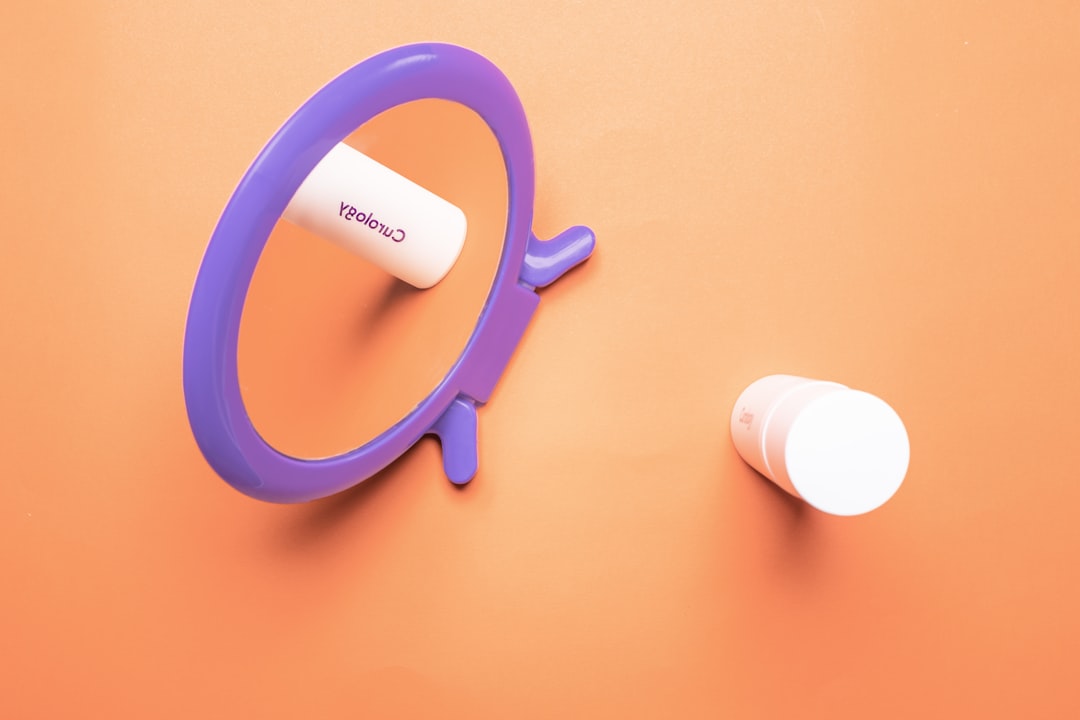When you undergo laser hair removal, your skin experiences a significant amount of change. The laser targets hair follicles, causing them to heat up and ultimately reducing hair growth. However, this process can leave your skin sensitive and vulnerable.
You may not realize it, but exposing your treated skin to the sun immediately after the procedure can lead to various complications. The risk of hyperpigmentation, irritation, and even burns increases dramatically when your skin is freshly treated and then exposed to UV rays. It’s essential to understand that the skin’s healing process is delicate after laser hair removal.
The laser treatment can cause micro-injuries to the skin, which means that it requires time to recover fully. During this recovery phase, your skin is more susceptible to damage from external factors, particularly sunlight. If you are not careful, you could end up with long-lasting effects that may require additional treatments to correct.
Therefore, being aware of the risks associated with sun exposure post-laser hair removal is crucial for maintaining the health and appearance of your skin.
Key Takeaways
- Sun exposure post-laser hair removal can increase the risk of skin damage and complications.
- Potential side effects of sun exposure on treated skin include hyperpigmentation, burns, and increased sensitivity.
- Sun protection after laser hair removal is crucial to maintain the results and prevent damage to the skin.
- Precautions to take when exposed to the sun after laser hair removal include wearing protective clothing and seeking shade.
- Recommended sunscreen for post-laser hair removal should have a minimum SPF of 30 and provide broad-spectrum protection.
Potential Side Effects of Sun Exposure on Treated Skin
The side effects of sun exposure on skin that has recently undergone laser hair removal can be quite severe. One of the most common issues is hyperpigmentation, where dark spots or patches appear on the skin. This occurs because the skin’s melanin production can be triggered by UV rays, especially when the skin is still healing.
You might find that areas treated with laser hair removal become darker than the surrounding skin, leading to an uneven complexion that can be frustrating to manage. In addition to hyperpigmentation, you may also experience increased sensitivity and irritation in the treated areas. The sun can exacerbate any redness or swelling that may occur after the procedure, making your skin feel uncomfortable.
In some cases, prolonged sun exposure can even lead to blistering or peeling, which not only affects your appearance but can also prolong the healing process. Understanding these potential side effects can help you take the necessary precautions to protect your skin and ensure a smoother recovery.
Importance of Sun Protection After Laser Hair Removal

Sun protection is not just a recommendation; it is a vital part of your post-laser hair removal care routine. The importance of shielding your skin from harmful UV rays cannot be overstated. By taking proactive measures to protect your skin, you significantly reduce the risk of adverse effects such as hyperpigmentation and irritation.
This is especially true in the days and weeks following your treatment when your skin is at its most vulnerable. Moreover, consistent sun protection helps maintain the results of your laser hair removal treatment. If you allow your skin to become damaged by the sun, you may find that the effectiveness of the procedure diminishes over time.
Your goal is to achieve smooth, hair-free skin, and protecting it from sun exposure is a crucial step in ensuring that you enjoy long-lasting results. By prioritizing sun protection, you are investing in both your immediate comfort and your long-term skincare goals.
Precautions to Take When Exposed to the Sun After Laser Hair Removal
| Precautions | Description |
|---|---|
| Use Sunscreen | Apply a broad-spectrum sunscreen with SPF 30 or higher before going out in the sun. |
| Avoid Sun Exposure | Avoid direct sun exposure, especially during peak hours from 10 am to 4 pm. |
| Wear Protective Clothing | Wear wide-brimmed hats, sunglasses, and long-sleeved clothing to protect the treated area. |
| Avoid Hot Showers | Avoid hot showers or baths immediately after laser hair removal as the skin may be sensitive to heat. |
| Avoid Exfoliation | Avoid exfoliating the treated area for a few days to prevent irritation. |
If you find yourself needing to be outdoors after undergoing laser hair removal, there are several precautions you should take to minimize sun exposure. First and foremost, wearing protective clothing is essential. Long sleeves, wide-brimmed hats, and sunglasses can provide a physical barrier against harmful UV rays.
Opting for lightweight fabrics can keep you comfortable while still offering protection. Additionally, seeking shade whenever possible is a smart strategy. If you are planning to be outside for an extended period, try to stay under an umbrella or in a shaded area during peak sunlight hours, typically between 10 a.m.
and 4 p.m. This simple adjustment can significantly reduce your risk of sun damage. Remember that even on cloudy days, UV rays can penetrate through clouds, so it’s crucial to remain vigilant about protecting your skin regardless of the weather conditions.
Recommended Sunscreen and SPF for Post-Laser Hair Removal
Choosing the right sunscreen is critical for protecting your skin after laser hair removal. You should look for a broad-spectrum sunscreen that offers protection against both UVA and UVB rays. A minimum SPF of 30 is generally recommended for daily use, but if you have particularly sensitive skin or are planning to spend extended periods outdoors, consider using a higher SPF for added protection.
In addition to SPF, pay attention to the formulation of the sunscreen. Opt for products that are labeled as non-comedogenic and hypoallergenic to minimize the risk of irritation on freshly treated skin. Mineral-based sunscreens containing zinc oxide or titanium dioxide are often recommended for post-laser care because they provide a physical barrier against UV rays without irritating sensitive skin.
Applying sunscreen generously and reapplying every two hours—or more frequently if swimming or sweating—is essential for maintaining effective protection.
How to Protect Treated Skin from Sun Damage
Protecting treated skin from sun damage involves more than just applying sunscreen; it requires a comprehensive approach to skincare. After your laser hair removal session, consider incorporating soothing products into your routine that can help calm any irritation or redness. Look for ingredients like aloe vera or chamomile that are known for their calming properties.
Additionally, maintaining hydration is crucial for overall skin health. Drinking plenty of water helps keep your skin hydrated from within, which can aid in its recovery process. You might also want to use a gentle moisturizer specifically designed for sensitive skin to create a protective barrier against environmental stressors.
This combination of hydration and soothing ingredients will help fortify your skin against potential damage while promoting healing.
Tips for Managing Sun Exposure After Laser Hair Removal
Managing sun exposure after laser hair removal requires mindfulness and planning. One effective tip is to schedule your treatments during seasons when sun exposure is less intense, such as fall or winter. This way, you can minimize the risk of sun damage while allowing your skin ample time to heal before summer arrives.
It’s easy to forget about reapplying sunscreen when you’re busy or distracted, so consider using an app or setting alarms on your phone as a helpful nudge. Additionally, keep a travel-sized sunscreen in your bag so that you always have it on hand when you’re out and about.
Consulting with a Professional for Further Advice on Sun Exposure Post-Laser Hair Removal
Finally, consulting with a skincare professional or dermatologist can provide you with tailored advice regarding sun exposure after laser hair removal. They can assess your individual skin type and treatment history to offer personalized recommendations that suit your needs. This professional guidance can be invaluable in helping you navigate post-treatment care effectively.
Moreover, if you experience any unusual reactions or side effects after your procedure, don’t hesitate to reach out for professional help. Early intervention can prevent more severe complications down the line and ensure that you achieve optimal results from your laser hair removal treatment.
In conclusion, understanding the risks associated with sun exposure post-laser hair removal is crucial for maintaining healthy skin and achieving lasting results from your treatment. By taking appropriate precautions and prioritizing sun protection, you can enjoy smooth, hair-free skin while minimizing potential side effects and complications.
If you are wondering why the sun is bad after laser hair removal, you may want to check out this informative article on how to protect your skin from sun damage post-treatment. This article provides valuable tips on how to care for your skin after laser hair removal and avoid any potential complications from sun exposure. It is important to follow these guidelines to ensure the best results from your treatment and maintain the health of your skin.
FAQs
What is laser hair removal?
Laser hair removal is a cosmetic procedure that uses a concentrated beam of light (laser) to remove unwanted hair. The laser targets the pigment in the hair follicles, damaging them and inhibiting future hair growth.
Why is the sun bad after laser hair removal?
The sun is bad after laser hair removal because the skin is more sensitive and prone to damage from UV rays. Exposure to the sun can increase the risk of hyperpigmentation, burns, and other skin complications.
How long should I avoid the sun after laser hair removal?
It is recommended to avoid sun exposure for at least 2 weeks after laser hair removal. This includes both natural sunlight and tanning beds. It is important to protect the treated area with sunscreen and clothing to prevent any potential damage.
What are the potential risks of sun exposure after laser hair removal?
Sun exposure after laser hair removal can lead to hyperpigmentation, burns, and increased sensitivity in the treated area. It can also interfere with the healing process and potentially reduce the effectiveness of the treatment.
How can I protect my skin from the sun after laser hair removal?
To protect your skin from the sun after laser hair removal, it is important to use a broad-spectrum sunscreen with a high SPF, wear protective clothing, and avoid direct sunlight during peak hours. It is also advisable to seek shade and reapply sunscreen regularly.







